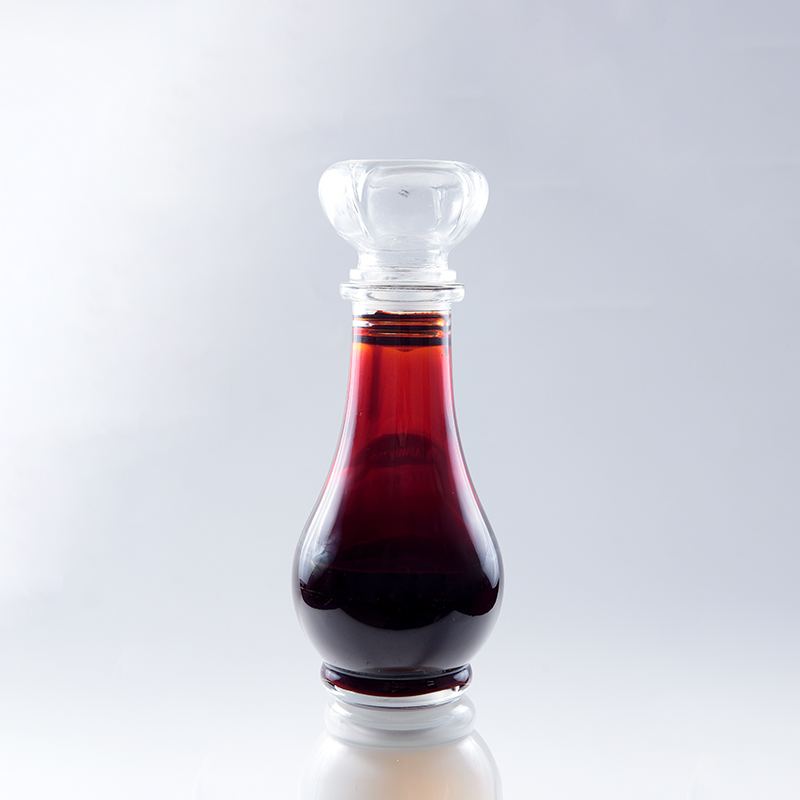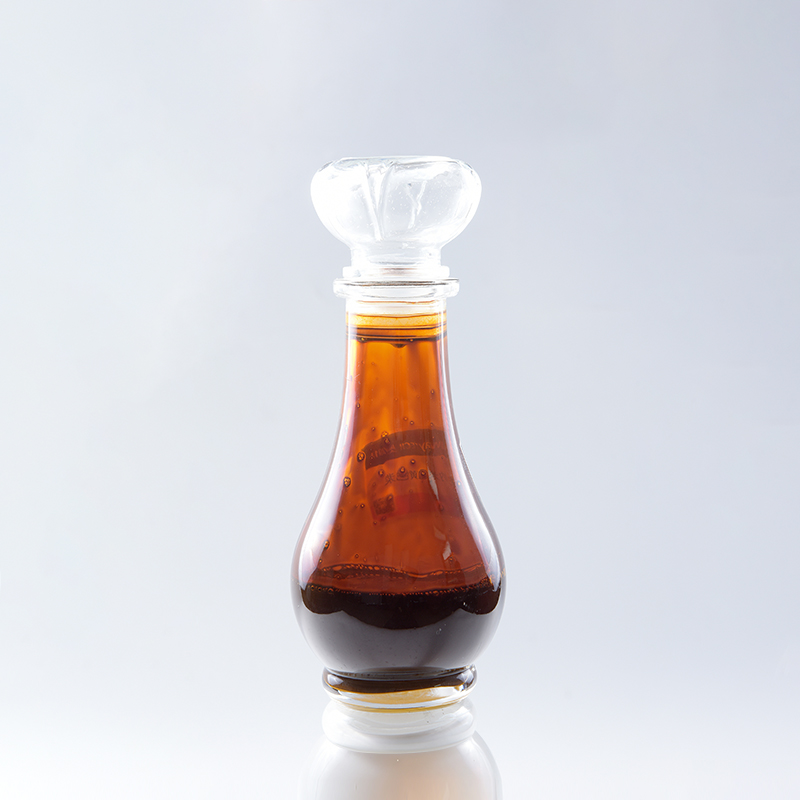Corrosion is a natural process that deteriorates materials, particularly metals, through chemical reactions with their environment. It can lead to structural damage, reduced performance, and shortened lifespan of various objects and structures. To combat corrosion, researchers and engineers have been exploring different methods and materials, including the use of transparent iron oxide coatings, often referred to as the "Invisible Shield."
Transparent iron oxide coatings provide an effective solution for corrosion resistance while maintaining the aesthetic appeal of the underlying material. These coatings are typically thin films composed of iron oxide nanoparticles or nanocomposites. The use of nanoparticles allows for a high surface area-to-volume ratio, providing enhanced protective properties.
One of the key advantages of transparent iron oxide coatings is their ability to form a barrier between the metal substrate and the corrosive environment. This barrier prevents direct contact and inhibits the diffusion of corrosive agents such as moisture, oxygen, and ions. By acting as a physical barrier, the coating reduces the likelihood of electrochemical reactions that lead to corrosion.
Additionally, transparent iron oxide coatings possess excellent adhesion to various substrates, ensuring long-term durability. They can be applied using various techniques, including spray coating, dip coating, and chemical vapor deposition. The coating thickness can be precisely controlled, allowing for tailored corrosion protection based on specific application requirements.
Another remarkable feature of transparent iron oxide coatings is their optical transparency. These coatings are designed to be optically clear, enabling the underlying material to remain visible. This characteristic makes them particularly suitable for protecting transparent or semi-transparent surfaces such as glass, plastics, and optical components. By preserving the visual appearance, these coatings find applications in industries where both aesthetics and corrosion resistance are essential, such as architecture, automotive, and electronics.
Transparent iron oxide coatings are also known for their self-healing properties. If the coating gets damaged or scratched, it can repair itself through a phenomenon called "autocatalytic healing." When exposed to moisture or humidity, the iron oxide nanoparticles in the coating can react with the surrounding environment and undergo a chemical transformation, forming a new protective layer over the damaged area. This self-healing capability enhances the longevity and effectiveness of the corrosion protection.
Research and development in the field of transparent iron oxide coatings continue to advance, aiming to improve their performance, durability, and cost-effectiveness. Scientists are exploring novel techniques to enhance the corrosion resistance properties, such as incorporating additives, using different deposition methods, and optimizing the coating composition. Additionally, efforts are being made to scale up the production processes and reduce the manufacturing costs to make these coatings more commercially viable.


 English
English
 中文简体
中文简体







